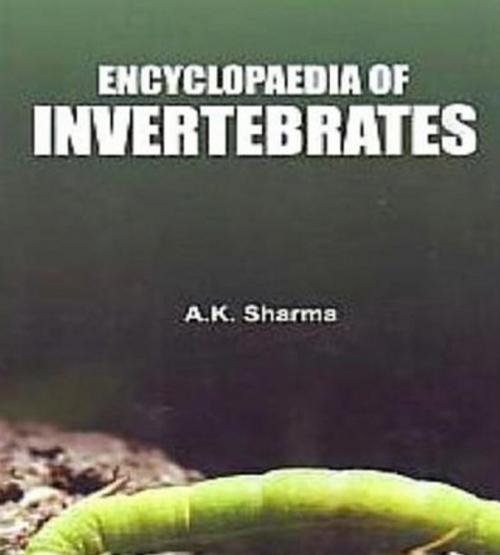Encyclopaedia Of Invertebrates
Nonfiction, Science & Nature, Science, Biological Sciences, Zoology, Nature, Animals| Author: | A. K. Sharma | ISBN: | 9789388040990 |
| Publisher: | Centrum Press | Publication: | June 30, 2013 |
| Imprint: | Centrum Press | Language: | English |
| Author: | A. K. Sharma |
| ISBN: | 9789388040990 |
| Publisher: | Centrum Press |
| Publication: | June 30, 2013 |
| Imprint: | Centrum Press |
| Language: | English |
Invertebrates accordingly form a massively paraphyletic group. It is generally accepted that the phyla comprising modern Metazoa share a common multicellular ancestor, but with the sole exception of one subphylum of the phylum Chordata, all those phyla are classified as invertebrates along with two of the three subphyla in the Chordata: Tunicata and Cephalochordata. These two, plus all the other known invertebrates, have only one cluster of Hox genes, while the vertebrates have duplicated their original cluster more than once. Within palaeozoology and palaeobiology, invertebrates are often studied within the fossil discipline called invertebrate paleontology. The term Invertebrates generates a great deal of confusion among non-biologists; it does not refer to any particular taxon in the same way that for instance Arthropoda, Vertebrata or Manidae do. This book entitled Invertebrates deals with the morphology, anatomy, physiology and development of important animals of non-chordates. The publication of this book is according to the syllabi for B.Sc as well as M.Sc students of Indian universities.
Invertebrates accordingly form a massively paraphyletic group. It is generally accepted that the phyla comprising modern Metazoa share a common multicellular ancestor, but with the sole exception of one subphylum of the phylum Chordata, all those phyla are classified as invertebrates along with two of the three subphyla in the Chordata: Tunicata and Cephalochordata. These two, plus all the other known invertebrates, have only one cluster of Hox genes, while the vertebrates have duplicated their original cluster more than once. Within palaeozoology and palaeobiology, invertebrates are often studied within the fossil discipline called invertebrate paleontology. The term Invertebrates generates a great deal of confusion among non-biologists; it does not refer to any particular taxon in the same way that for instance Arthropoda, Vertebrata or Manidae do. This book entitled Invertebrates deals with the morphology, anatomy, physiology and development of important animals of non-chordates. The publication of this book is according to the syllabi for B.Sc as well as M.Sc students of Indian universities.















